
The Urgency
After Russia’s invasion of Ukraine, Finland joined NATO. It was certain that once the membership was confirmed, the hybrid influence against the country’s vulnerable spots would increase. But in addition to this, the most dangerous weapon would be used on an unprecedented scale – the minds of citizens. The information war, utilizing influencers, disinformation, and fake news, was about to escalate. And a new target was found – the youth.
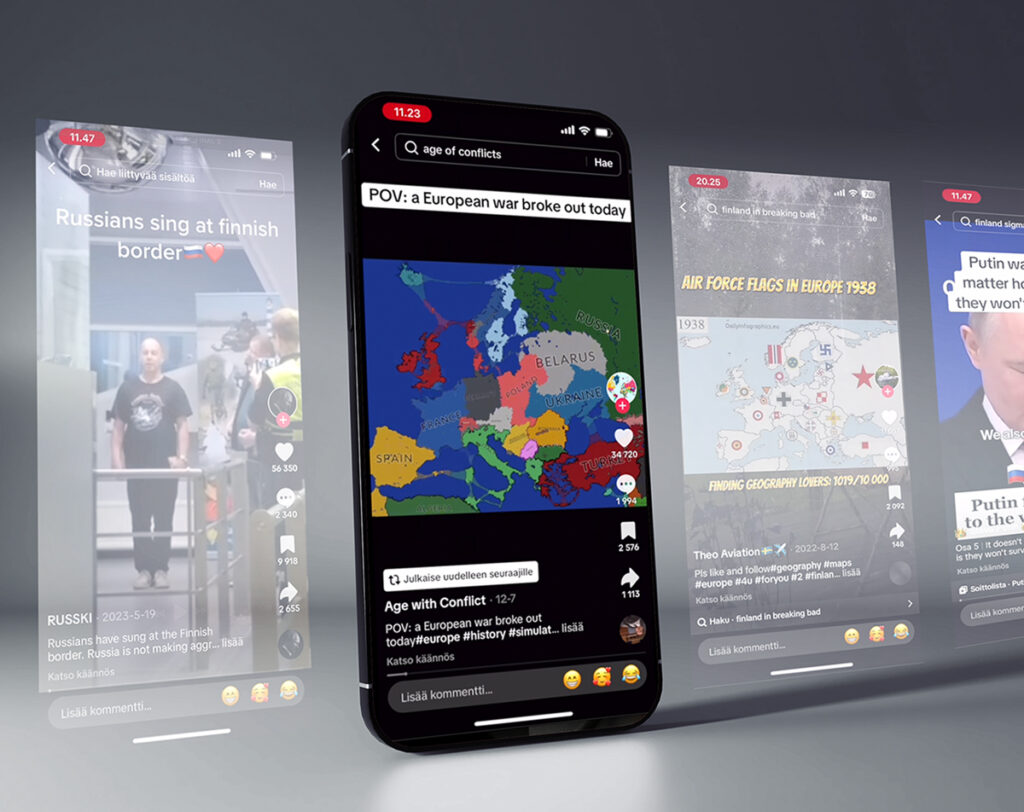
The CHALLENgE
As the problem was national, the solution needed to be at a national level. But the Finnish education system moves slow. Resources are scarce, and teachers are already overwhelmed with responsibility. Leaving this to the children and caregivers would not suffice. A uniform, uncorruptible, scalable solution, non-dependent on economic status, was needed. This is where News Media Finland, the association representing reliable journalism and newspapers, stepped in.
The SOLUTION
We needed to teach media literacy fast. So, News Media Finland created a primer. The ABCs of Media Literacy was born, giving shape, names, and definitions to concepts like hybrid warfare and trustworthy journalism. The primer was presented as a physical book and an e-book. The physical book was distributed to the age group identified as one of the most attractive targets for manipulation by malicious regimes – all Finnish 15-year-olds beginning their final year of middle school.
Execution
In collaboration with teachers, designers, and journalists, the primer was created to address 29 key media literacy topics—one for each letter of the Finnish alphabet. Each letter was given a new meaning, a concise explanation, and brought to life with eye-catching design by Ville Salervo, one of Finland’s top type designers. To ensure accessibility, the books were translated into the country’s two official languages, Finnish and Swedish, as well as English. They were distributed to 472 schools and given free of charge to 63,000 students in their final year of middle school, making this a wide-reaching public-private collaboration promoting national security.
To widen the impact, the letters were taken beyond the classroom and featured in high-visibility advertising spaces, including digital outdoor displays, transforming them into quick literacy lessons while promoting the campaign’s important message.
The chosen execution ensured that all the young individuals received impartial, uncorrupted, and easy-to-understand knowledge, regardless of their socio-economic status or background, providing them with equal tools for critical understanding of the media landscape.

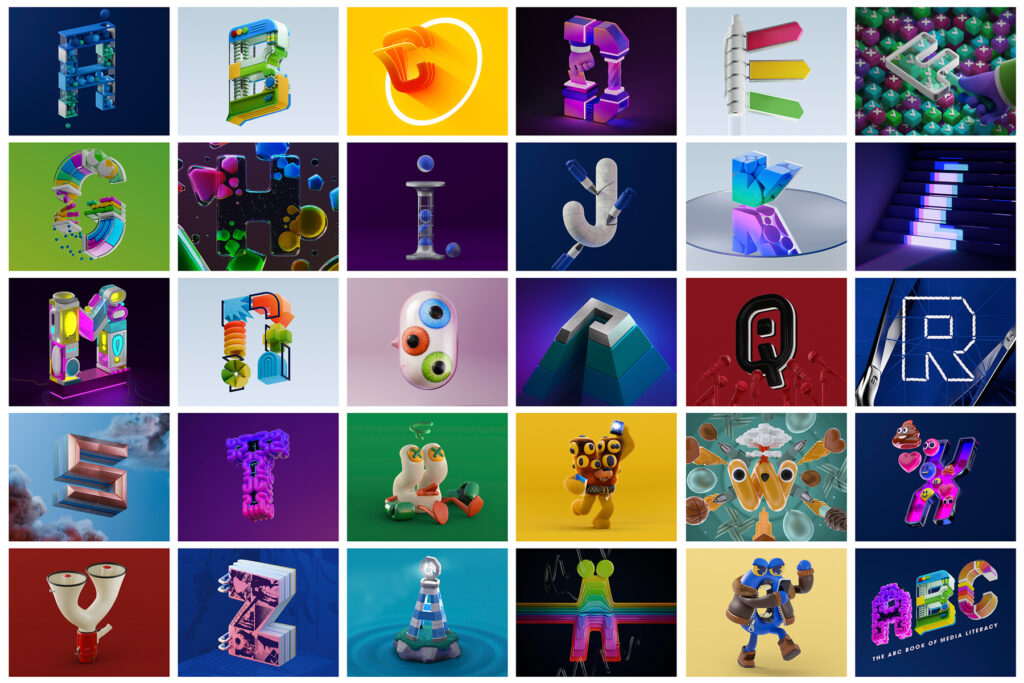
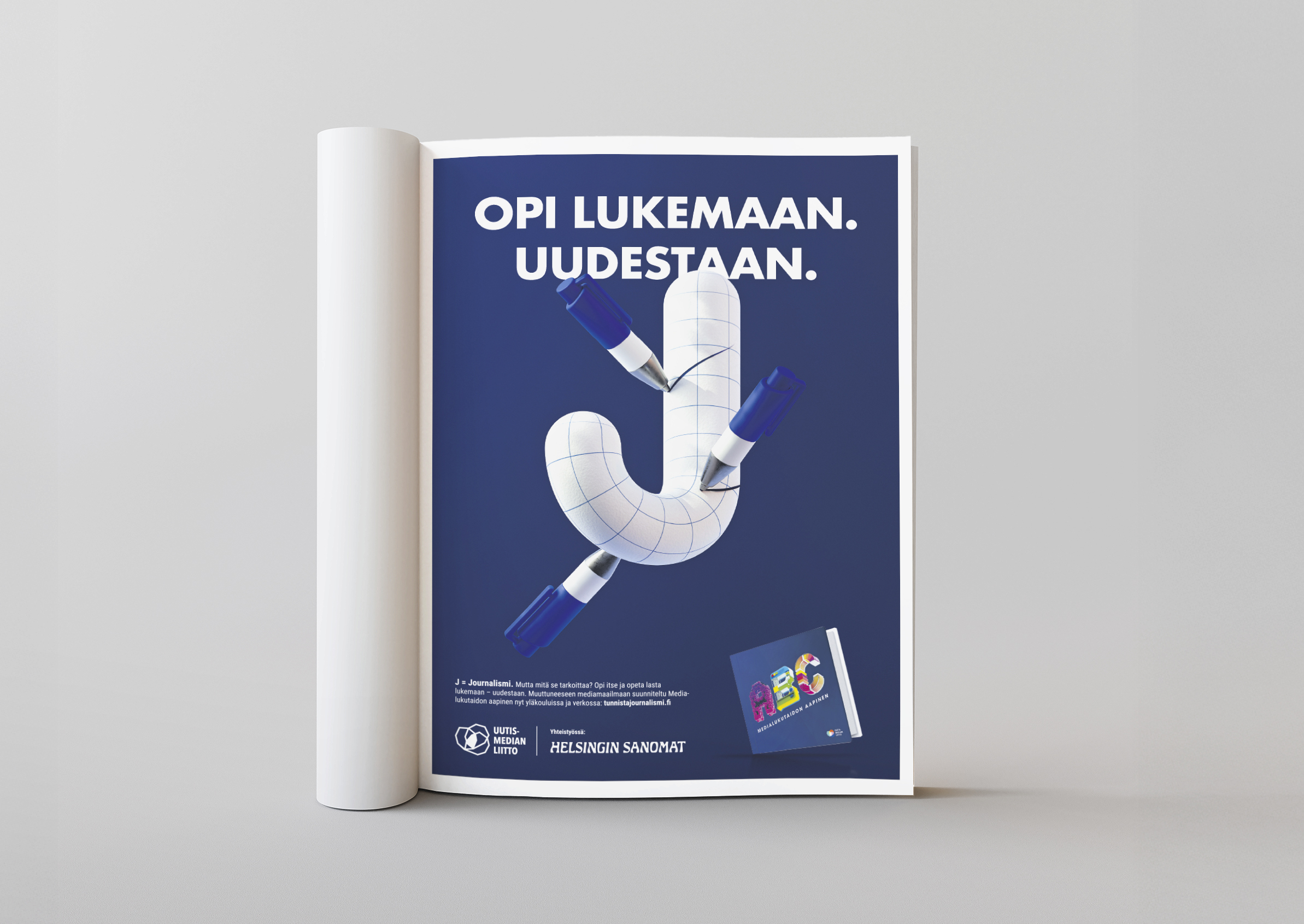

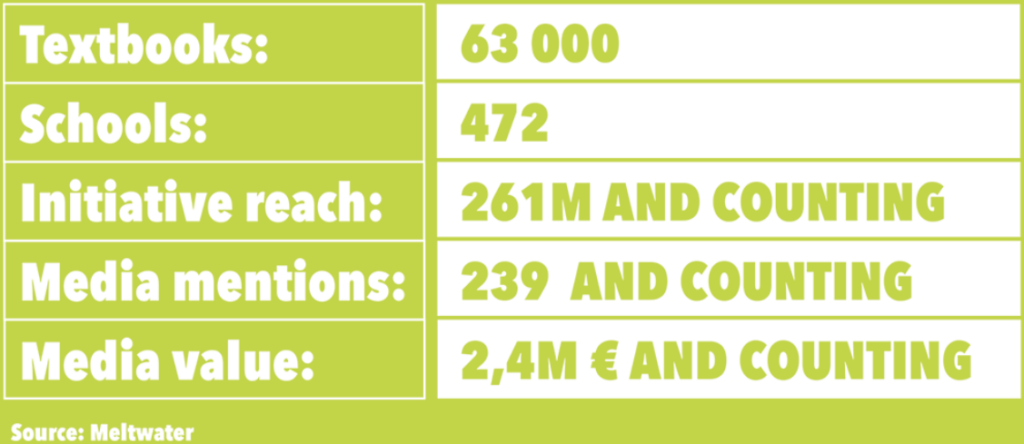
The RESULTS
Instantly the children embraced the book, with teachers reporting that the primer was far from being forgotten at the bottom of schoolbags. But that wasn’t the end of it. In the media, the conversation gained momentum overnight. Journalists from around the world began covering the subject of media literacy and Finland’s pioneering efforts. Eventually, education authorities from the USA, Nigeria, Tanzania, and the United Arab Emirates requested copies for planned adaptations of the book. Thus, the primer that began as a tool for 15-year-olds evolved into a lesson for an entire nation – and beyond.
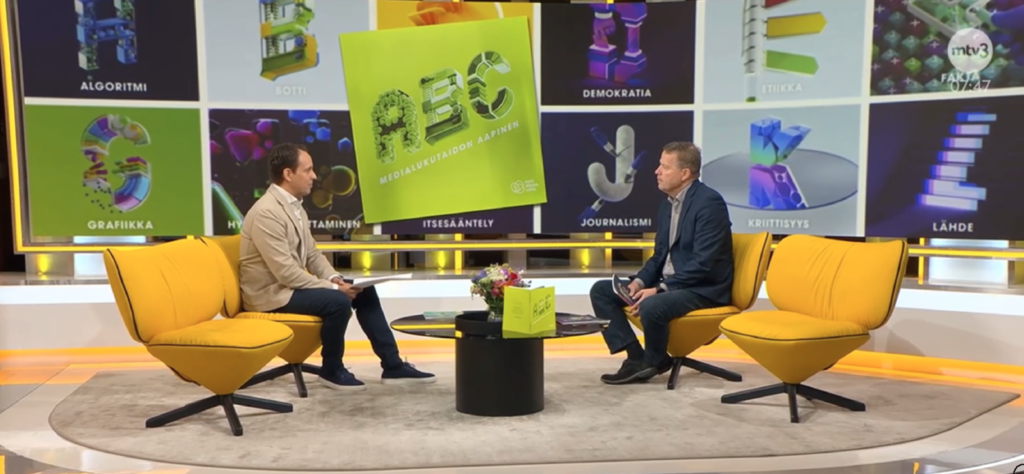















Paras kampanja / paras visuaalinen design / paras yhdenvertaisuutta edistävä työ
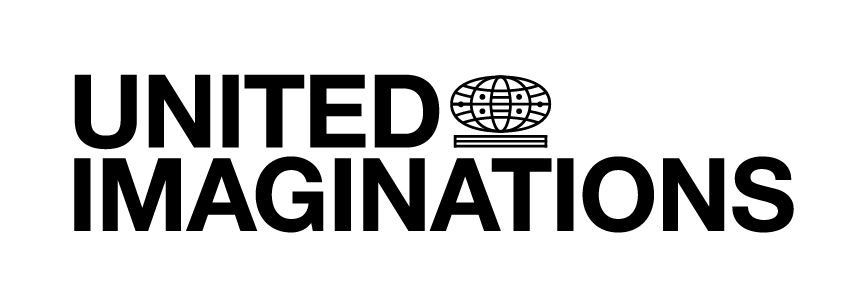



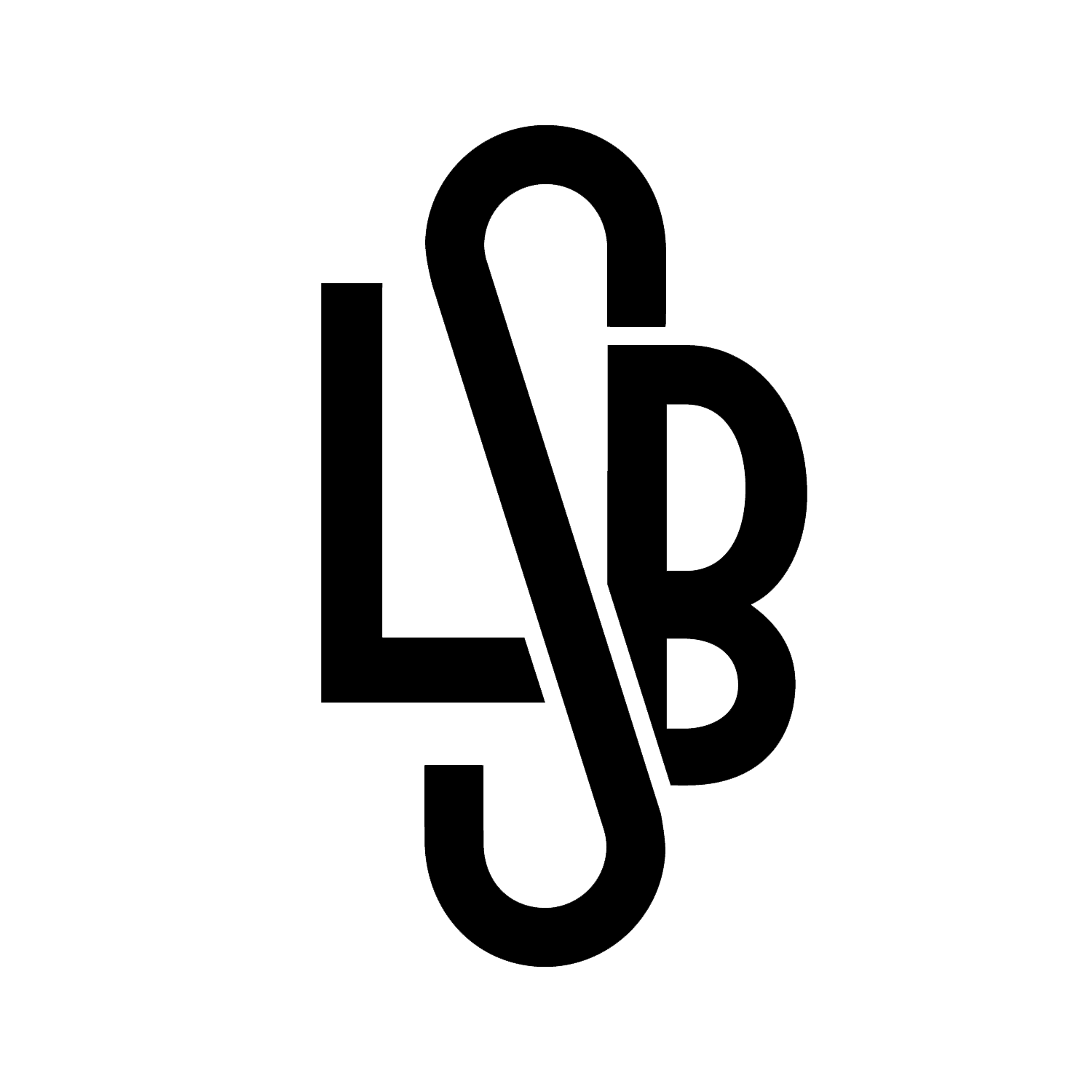
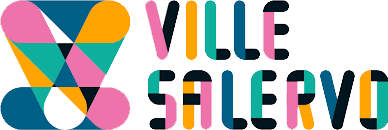

The e-book version of the primer and other elements can be found from tunnistajournalismi.fi
https://abcsofmedia.com/